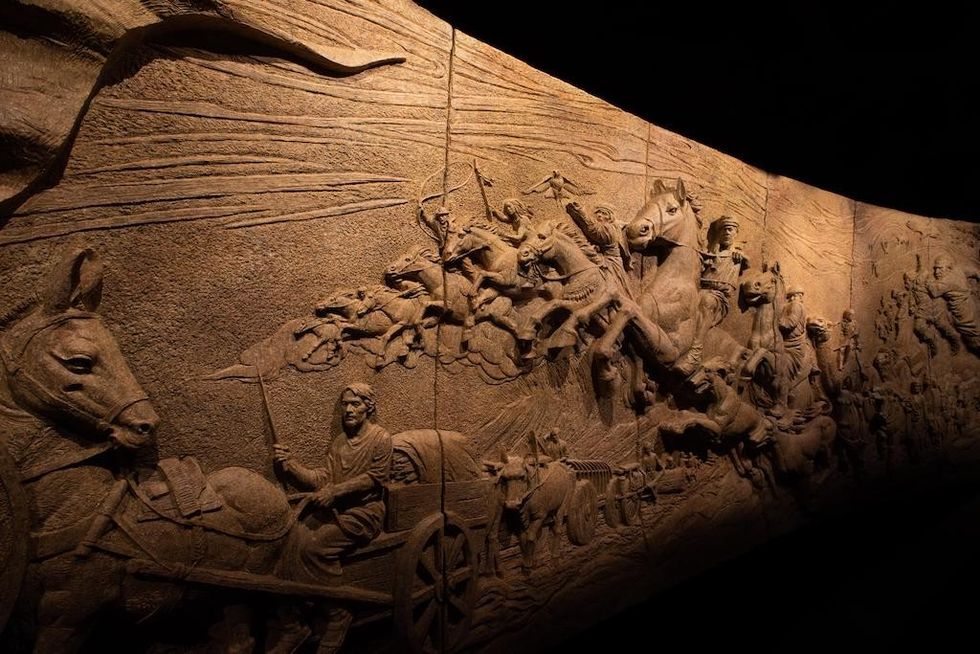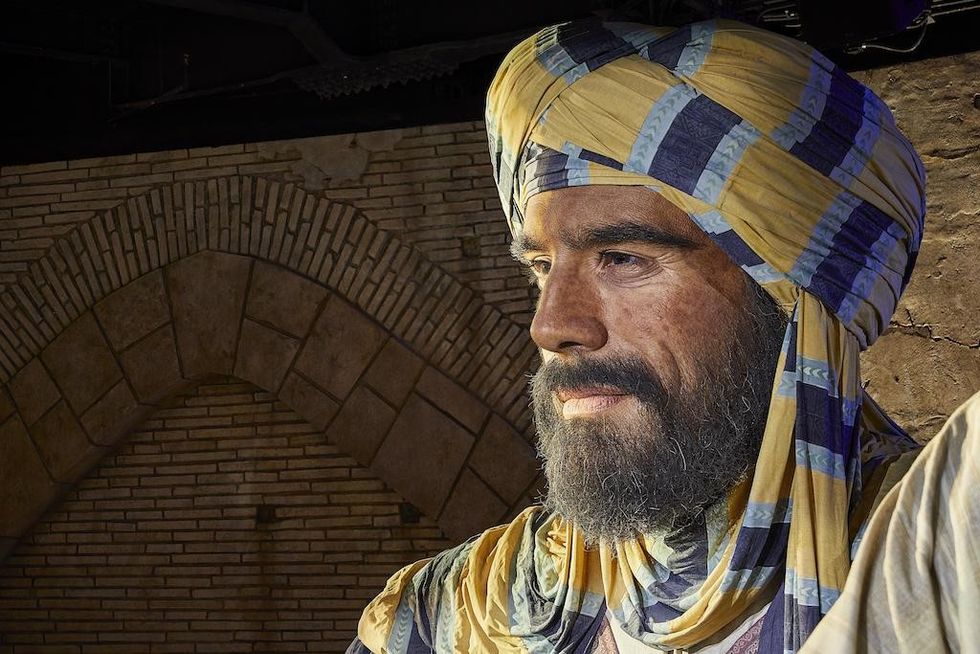When developer Tony DiFruscio bought a 114-acre site complete with a retirement village in Canada, his vision was to transform it into a revolutionary active lifestyle community.
So he turned, not to a conventional architect, but to global entertainment design specialists, FORREC Ltd.
Hiring a company primarily known for its cutting-edge work for theme parks and attractions might not seem an obvious choice.
Blooloop spoke with Steven Rhys (left), Executive Vice President of FORREC, Ltd and NovaCare CEO Tony DiFruscio about how thematic design and storytelling is redefining retirement living.
Allowing Seniors to Curate Their Own Experience
The St Elizabeth Village project, located in Hamilton, Ontario, involves revitalising existing buildings, building a further 3, 000 homes and creating communal amenities. The development will be threaded through with thematic storylines that tap into local history and provide a connection with small-town Ontario’s past.
NovaCare is in the business of brownfield development and DiFruscio (below) has some experience of what he calls ‘55-plus active lifestyle communities’.
“When the St Elizabeth Village property came up, we jumped at the opportunity, and had a vision of building on what had been done to create a real community that goes beyond just having retired people in the same place.”
Over the previous 30 years, the Village had slowly formed into a community with amenities and activities.
“Physical amenities are one thing and, certainly, you need those: the gathering rooms, the facilities for the various activities, the pool, the health and wellness, ” says DiFruscio.
“But, more importantly, the community really started to form its own organisations and interest groups. Where friends and family are in the same community, they can literally walk to each other’s houses and to the activities, and you’ve got an amazingly active lifestyle there that you wouldn’t get in a traditional development.”
He was keen to build on that, providing an environment where those people at a life stage where they are free to pursue their passions, can do so with ease and comfort.
Rhys: “There’s a shift happening in the industry and in the demographic of the people who are becoming seniors, and, certainly here in North America, that shift is that you’re getting a much younger mind-set.
“These are people who are saying that 60 is the new 40 and who want to curate their experience for the next 10 to 30 years of their lives.”
A Theme Park Attitude
DiFruscio didn’t want to create yet another retirement village isolated from the life going on all around it; he wanted that life to run through it.Approaching FORREC to help him realise that vision could be viewed as an unconventional choice.
“One of the things that I - and my family - are big on is the theme park experience, ” he says. “I’m not talking about rides, but about Main Street Disney, or Universal Studios City Walk: those really neat gathering spaces that work extremely well, are cool places to enjoy yourself, and have features that make them a destination.
“We wanted to enhance the [St. Elizabeth] community by providing this kind of social gathering space - a market square, plaza concept. We wanted to theme it to create that really nice sense of space so when you’re there you belong there, it feels good, and it’s conducive to and enhances the whole community experience.”
“When he began the search for the people who could bring his vision to life, and bring a theme park attitude to bear on the development of a lifestyle community, he wanted ‘the best in the world’.
(Above: Lake Sumter Landing, The Villages, Florida)
“I’d been to places where they’d tried this, and it hadn’t worked. And, although I know what I like, I’m not a design expert. What we were actually looking for were people familiar with designing top-end theme parks - that was the criterion.
“I wanted to take and marry those concepts.”
When FORREC was recommended to NovaCare, DiFruscio was pleasantly surprised to discover they were just down the highway.
“The most interesting thing was, I thought we were breaking new ground with this whole marriage of theme park theming concepts and active lifestyle community, and when I tried to give them this passionate vision that I was so excited about, they told us about The Villages in Florida.”
Coincidentally, FORREC had begun a very similar project in 1993. The Villages in Florida have since become a huge success, growing from about 12, 000 residents to almost 120, 000 to date. Divided into villages with their own distinctive thematic style, each community of 30, 000 or so residents is served by its own town centre. The town square runs a daily entertainment programme, from car shows to flea-markets to square dancing - and there’s music every night.
“All around it are shops and retail, lots of great food, and it’s a kind of a RDE [retail, dining and entertainment] destination for all the folks who live in its proximity, ” explains Rhys. “Every night, there’s a few thousand people who visit, and then on top of it there’s all the other recreational and community centre things for people to do.”
(Above: Brownwood, The Villages, Florida)
Matching the Aspirations of the Visitor
“When Tony and his team went down they saw what the potential was and they said, Ok, we’d like to engage you guys, ” Rhys says.
“We take the same approach, regardless of whether it’s a theme park or a lifestyle community or a resort: we try to gear the programme of the development to match the aspirations of the visitor.
“The only difference between a lifestyle community and a day visit or week-long week holiday to a resort is the length of stay. These folks are starting to buy these places in their early fifties, and they’ve got a 30-year runway in front of them.
“So we’re trying to imagine the same thing we imagine when we are designing and programming a theme park or any other kind of experience - to make it rich, repeatable, something you control; like I say, a curated experience: you can pick and choose which one it is.
“When we talked about our approach and what we learned, also, from the visionary owner/developer of that project in Florida, we clicked, and so here we are.”
(Above: Brownwood, The Villages, Florida)
So how does a company experienced in theme park design tackle the challenges inherent in re-thinking a retirement community?
The Importance of Messaging
“We’re not your everyday urban development planning firm, ” Rhys says. “But, what we understand is the consumer market and the customer. It’s hugely dependent on messaging; what you’re going to offer to capture people’s imaginations, and, when they come, that you deliver. It’s no different from when you’re planning a themed attraction.”
There are, however, crucial differences between FORREC’s Florida project and St. Elizabeth Village.
“We have to have a Canadian solution. In Florida they contend with the heat of summer: in Canada we contend with the cold. So what are the solutions for that?
“Another challenge is the fact that this is a much smaller site than the one in Florida. One of the things here in Canada is that the cities tend to sprawl, and become very suburban, and require you to commute.
“This project is in an area of the city that is suburban, and in Ontario a mandate has been given to the municipalities to densify rather than to continue to sprawl.
“And, so it’s a challenge, but it’s also an opportunity, because now we can start to look at an urban form for this that is much less sprawling.”
A Social Smorgasbord
“So, it’ll be a different urban form from what you might see if you look at that project in Florida, and it’s a big leap from traditional retirement communities. These are not just isolated units where people sit and wait for somebody to ring a doorbell. This place facilitates people getting up and knocking on their friends’ doors to say, hey, we’ve got a tee-off time, or, there’s a great concert going on downtown - let’s go down and do that.
“It’s a real social smorgasbord, quite different from other communities, and I think it’s a tipping point.”
One challenge with any ground-breaking project is overcoming deep-rooted preconceptions.
“I look back on 25 years of our work with the client in Florida. People look at it and say, oh my God, this is amazing. It’s as if it was an overnight success and, of course, it wasn’t, ” says Rhys.
“None of our projects can be assumed to be overnight successes.
“With the Villages in Florida, it was a job in itself to break down the preconception that [a retirement community is] just waiting for the inevitable end of a long life. But in reality it’s a place to simply slow down, enjoy life and have fun, dancing the night away. And, so it’s a mind-set shift that we all need to make.”
(Above: Lake Sumter Landing, The Villages, Florida)
Things are easier with St Elizabeth’s Village: time has passed, and that mind-set shift has already been made.
“It’s easier now, ” agrees Rhys. “You see these people now on treadmills in the gym, something that would have been unheard of 20 years ago.
“However, there’s also a segment who can’t be so active, because of the challenges they face. So it’s kind of like when we’re planning an attraction for the family - we have to cater for everyone, from five-year-old through intrepid teenagers to eighty-five year olds, and we need to make sure there is something for everyone.”
“We have everyone from millennials to baby boomers on this team. And everyone can see that if you can change the mind-set you can improve the quality of life, and also create a lifestyle that provokes the question - why weren’t we doing this before?”
Listening to Residents
The development project has now been under way for about a year.“We did a vision: ‘Imagine what this could be’ - it was about a three-month exercise. And the outcome of that was Tony DiFruscio said, let’s share this with our current residents, many of whom have been there since the development first opened thirty years ago.
“When they first saw the early concept work they were unanimously over the moon about the idea: many of them were saying, OK, so when’s this going to open? Will I still be alive? Am I going to miss out on this?"
“They love it, ” confirms DiFruscio. “It’s been received so well. I’ve had no negativity whatsoever.
“I’m very much about openness and transparency with my residents and, right from the beginning, when we had the concept and started talking, made sure that it was communicated that this is where we were going, and we welcomed feedback.
“We get interesting comments like, ‘Make sure we get a pub!’- which are very helpful. They’re part of it.”
The project has steadily evolved as the team tackles various challenges, not least how to involve the wider community.
DiFruscio: “We want to make sure we open our arms so the outside community understands this kind of downtown area we’re creating.
“People love being around people, so for these things to work you need to ensure you’re drawing in and making it easier for the outside community to get in and enjoy the development.”
Developing a Unique Storyline
FORREC explored not only how to bring people in, but how to use storytelling to give St Elizabeth Village a relevant context. The answer was to retro-fit the village an imagined history that reflects the true history of the area.“Right from the beginning it was interesting - they said right, this has to feel like it fits, ” says DiFruscio.
“We don’t want to put something that feels like it’s been plonked in the middle of Ontario if it doesn’t belong there. And, in order to really get on the page in terms of what a theme might be, they went through a historical search, and looked at the history of the area, and developed a whole storyline.
“I had no idea … All of a sudden we had this really cool storyline that really linked with a lot of facts about the history of the area, the architecture, why it developed, and bringing our little haven, our community, into that theme as to how it would have evolved and why it would be there.
“We now have a certain understanding, and it helps us all focus on the theme; the theme fits with how Ontario developed over time, the mill, and the workers who would build houses, the square, and - all of a sudden - the whole community makes sense.”
“We’re creating a look and feel that’s uniquely Ontario - it’s not California, it’s not Florida, it’s not tropical: it’s got to be a reflection of where we are, ” says Rhys.
“So we’re coming up with a range of stories that might help guide us in the design, and ground you to where we are. This part of Hamilton was an agrarian community; there were a lot of mills, and creeks powering those mills, and so that is the ‘how could you imagine this town’ place started; how did it evolve and become more industrialised and more refined.
“We have little clues that say: this is what this place once was, and here we are in 2016. There’s vestiges of that: a pride of heritage, but still looking forward, ” he says.
“So we have Town Hall, even though it’s not a municipal government, but it might have been the Town Hall for that little township back in the days, the 1800s, perhaps. And, we have a mill building with a waterwheel, and that’s where there’s a Starbucks style coffee shop.”
Consumer Awareness
Throughout the project, FORREC is using its theme park experience to identify successful and less successful elements.“We look at the guest satisfaction levels of certain attractions in the theme park; which ones are doing well and which ones are not and why are they not doing well, and why are the other ones succeeding.
“We’re doing the same thing here: it’s sort of a consumer awareness attitude that we learned in the theme park industry. The entertainment industry is not a necessity of life - it’s a distraction. And, if you don’t compel people, if you don’t produce something compelling, they’re not going to come.
“Well, we’re taking the same attitude to this stuff. We’re saying, now let’s pretend they don’t have to do this.
“Let’s work harder to make it attractive, which is what we’ve learned in the attractions industry, and it’s paying off.
“And, then, the things we’ve also learned from retail, you can’t put something around the corner and in the dark; they’re not going to find it. You have to always make the effort to drag it into view, shine a light on it, say: You might want to try this.
“And it’s the same thing we’re doing with the planning of this community.”
An Idea That’s Right for the Time
The key, says Rhys, is not to force a product or experience down people’s throats, but to offer them something that they feel they have been looking for. The guiding precept is to figure out what people want, and to exceed their expectations.“That’s been the backbone to how we approach entertainment, and it’s no different from how we’re approaching this. We’re also bringing in entertainment to this project - that’s a differentiating factor right now, although I think as other retirement communities or these adult lifestyle villages start to catch on, it will become more competitive, which will raise the bar for everyone.
The emergence of this type of community (and this will almost certainly be in the vanguard of a snowballing phenomenon) - reflects a changing attitude to ageing.
“I went into this purchase thinking one way, and then as I interacted with the residents I started to understand that these communities are not about housing form, ” says DiFruscio.
“This isn’t a lesson in siting and architecture. This is a lesson in human emotion and a sense of being, a sense of belonging.
“FORREC showed me - and my team - how to do these things at a world scale level.”
It might just be that choosing a theme park design company to reimagine an active lifestyle community isn’t incongruous – it’s inspired.
Images kind courtesy FORREC Ltd.

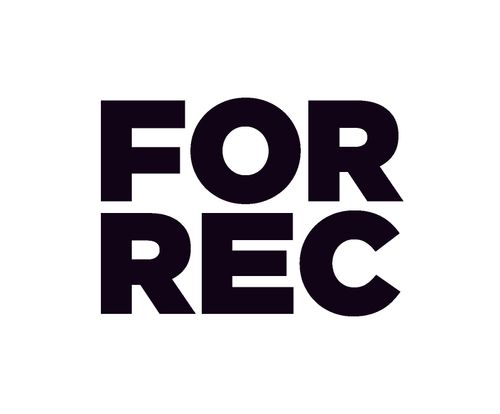



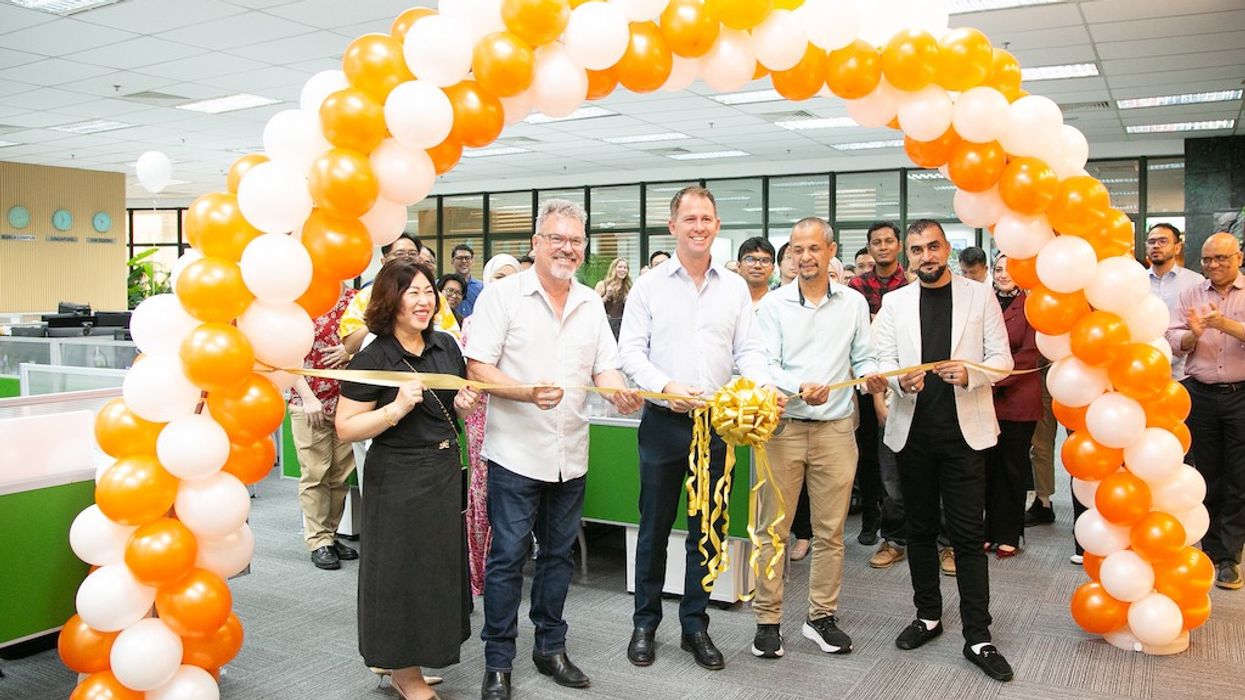
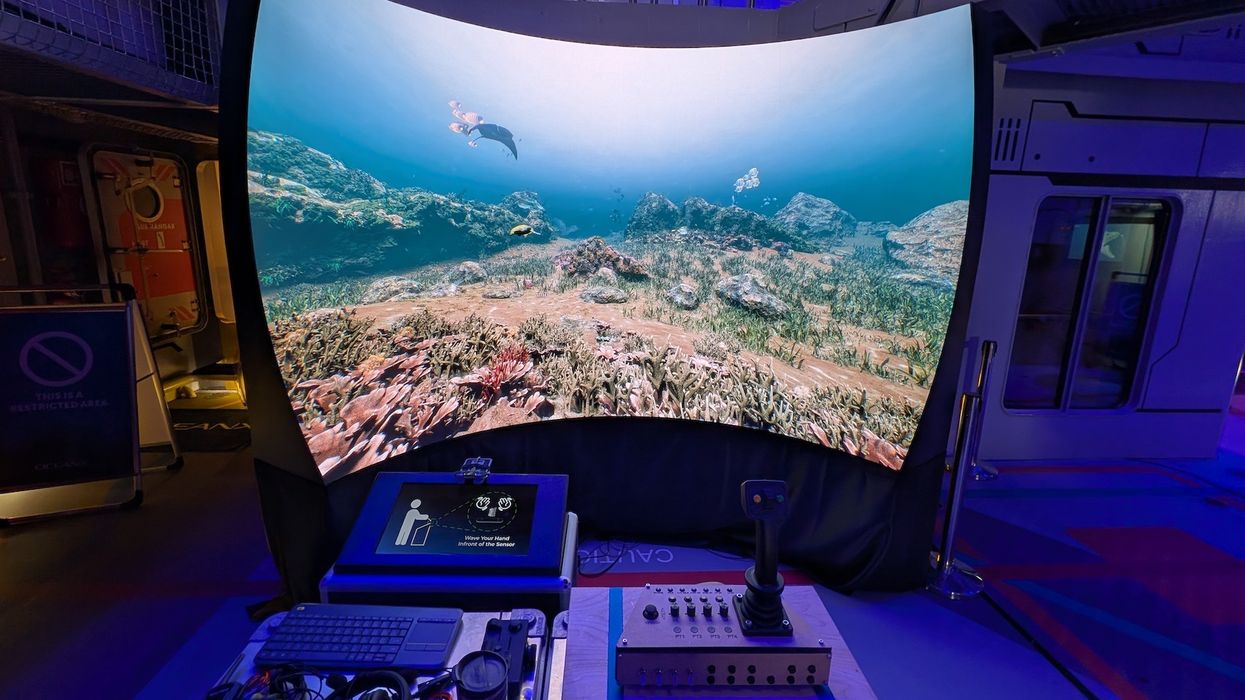
 TM Lim and Adam Wales
TM Lim and Adam Wales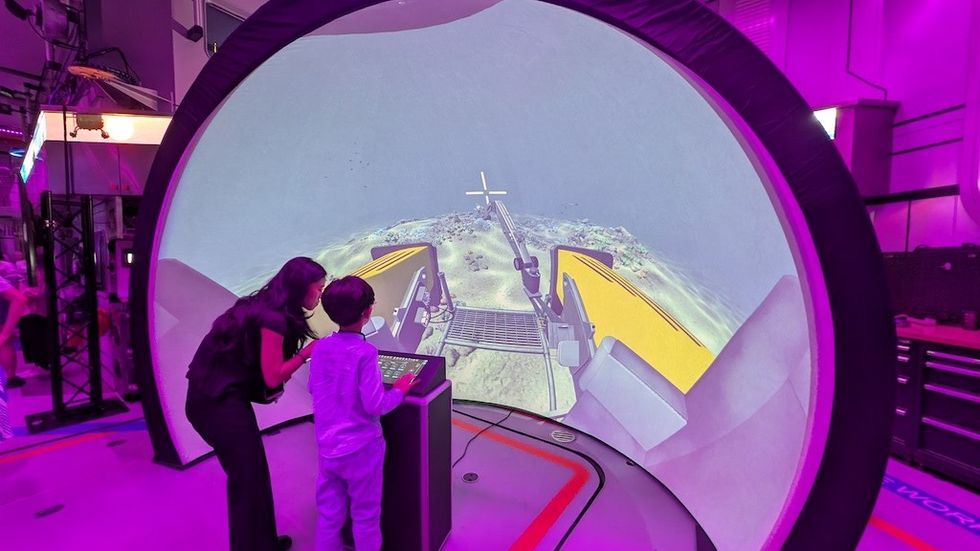
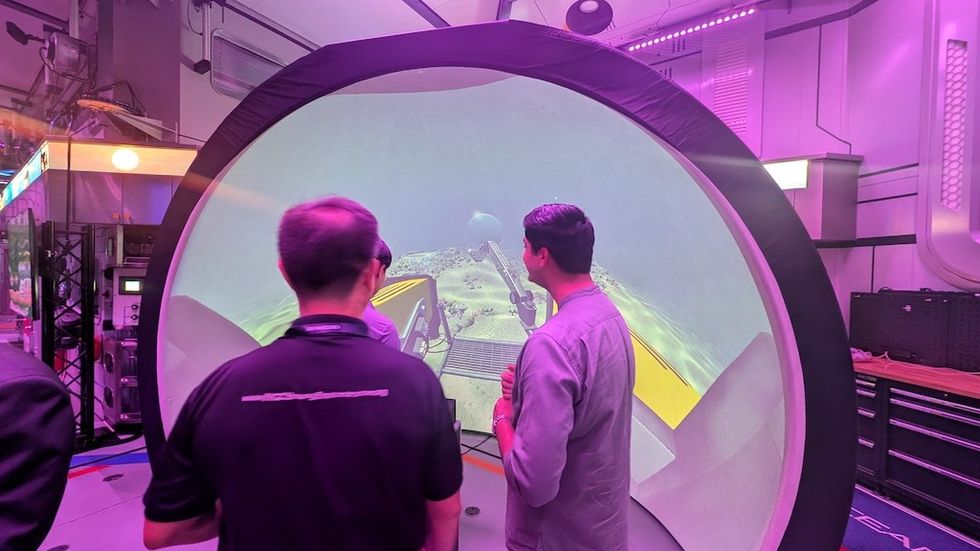
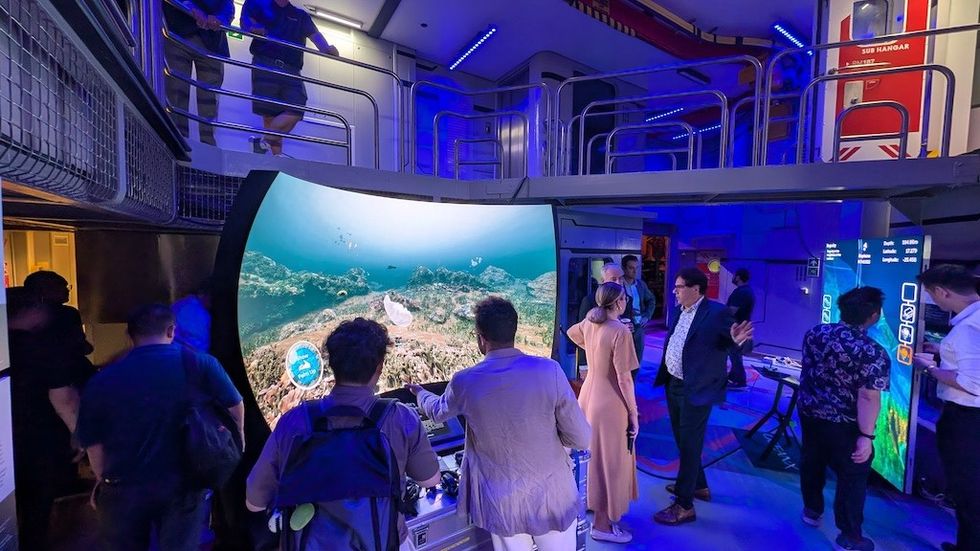
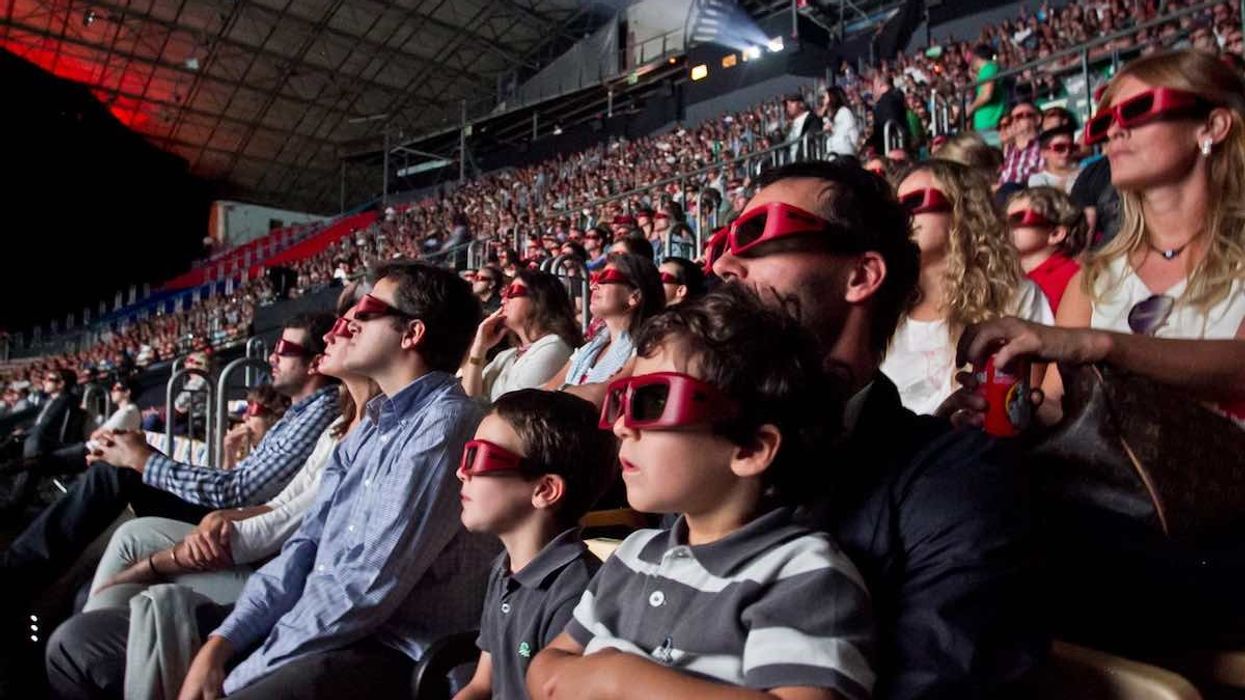

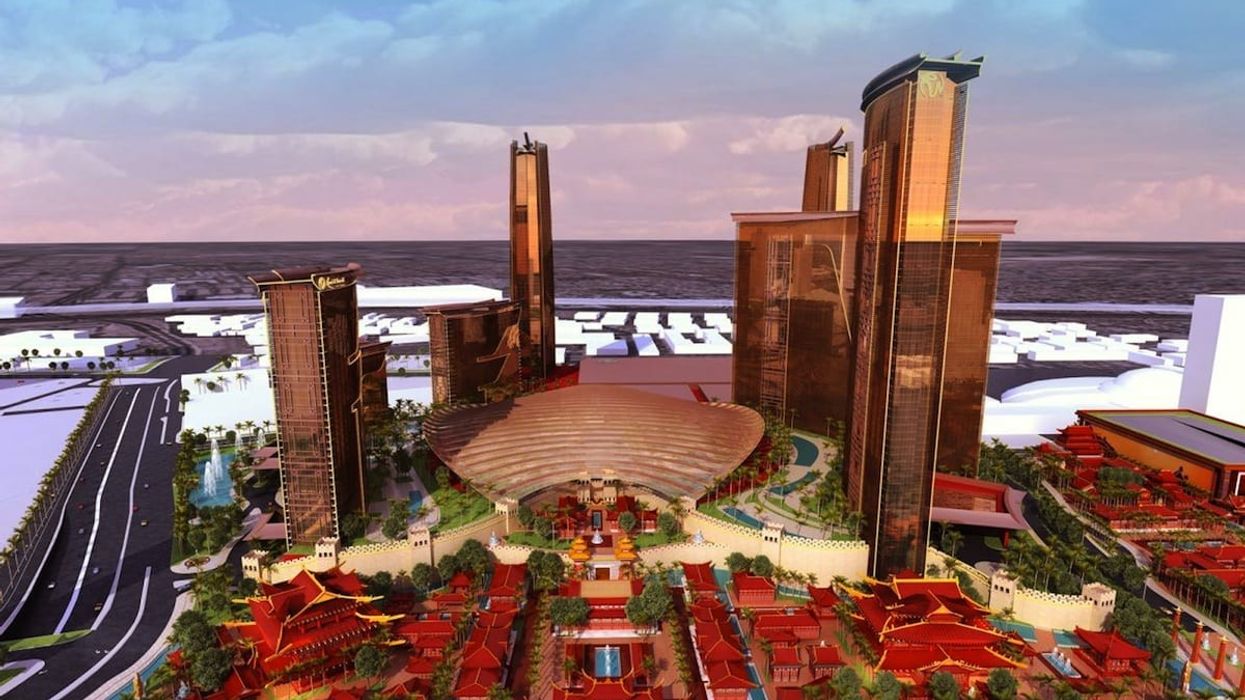
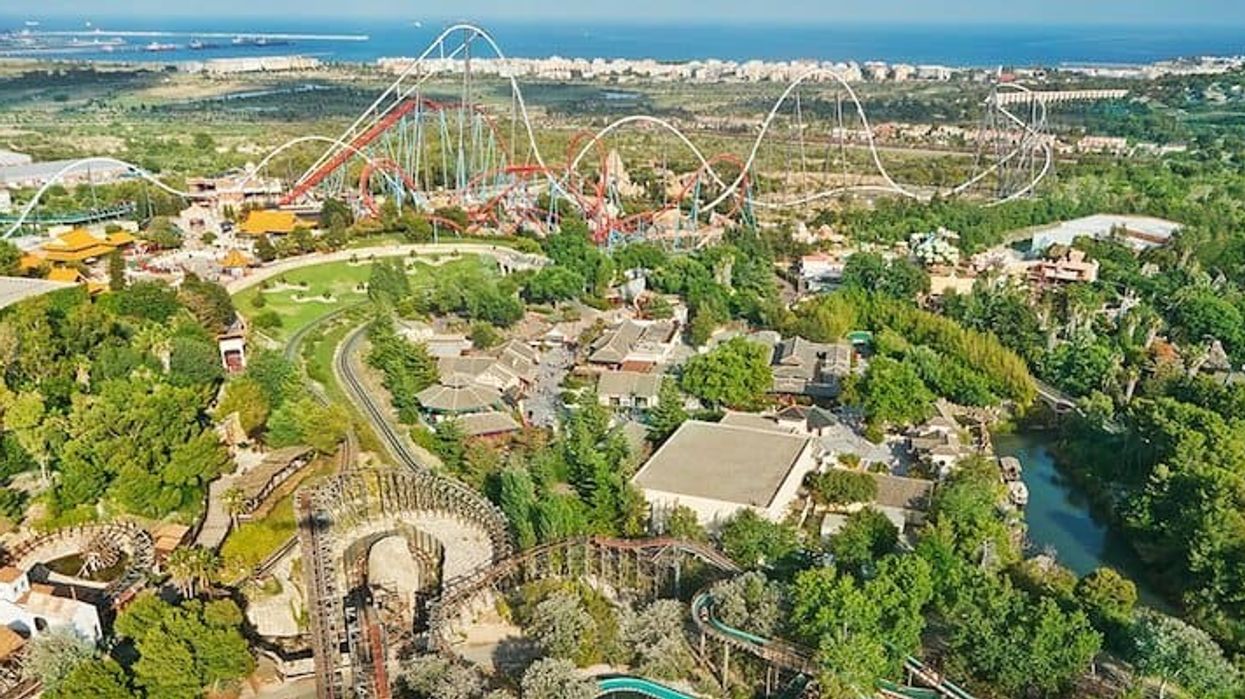



 Toby Harris
Toby Harris Hijingo
Hijingo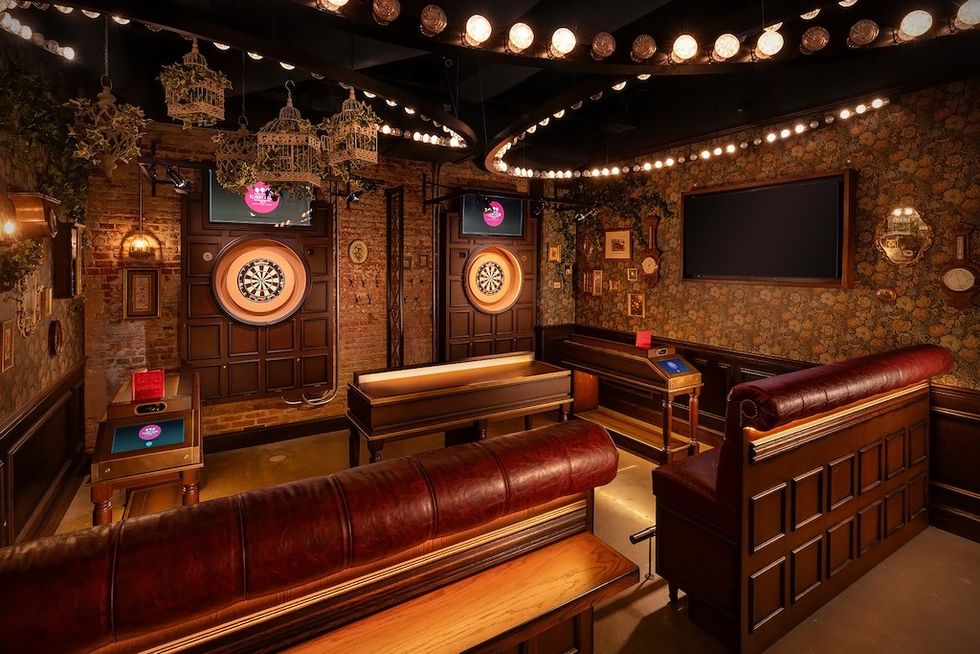 Flight Club, Washington D.C.
Flight Club, Washington D.C.
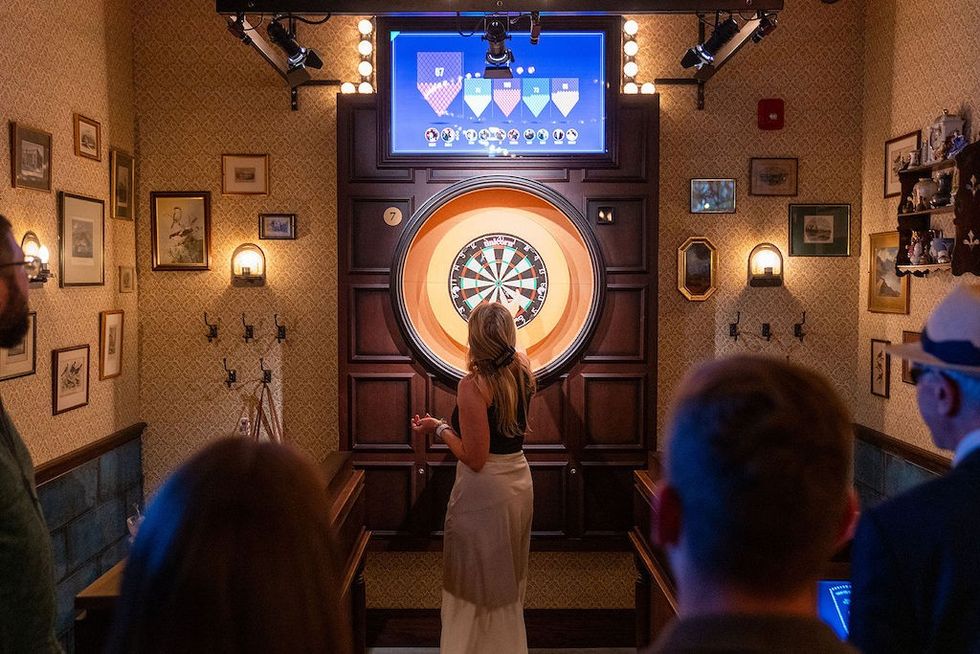 Flight Club Philadelphia
Flight Club Philadelphia Flight Club Philadelphia
Flight Club Philadelphia Bounce
Bounce Hijingo
Hijingo Bounce
Bounce
 Fernando Eiroa
Fernando Eiroa






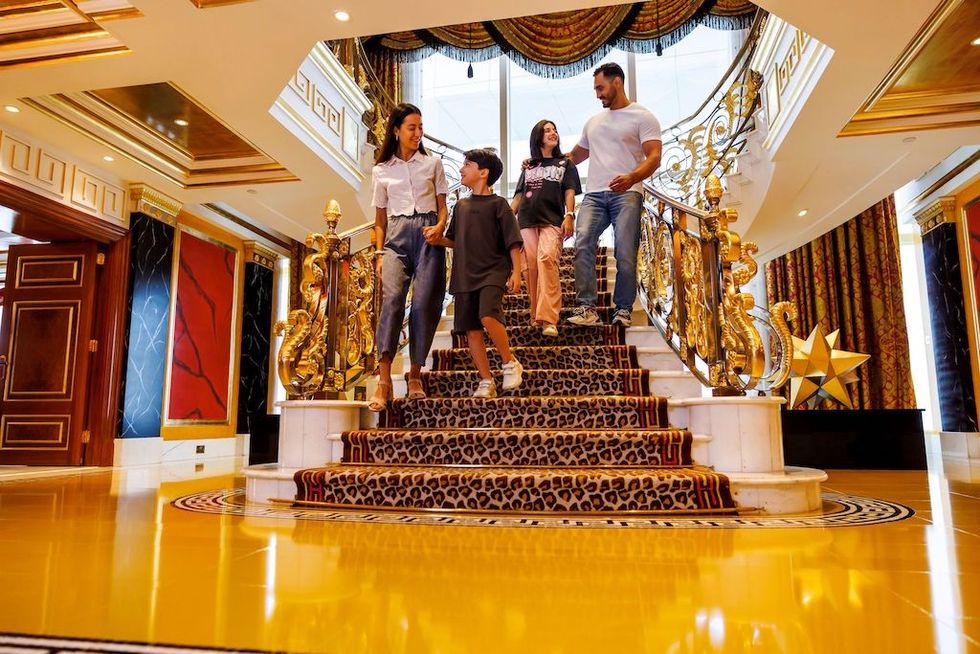



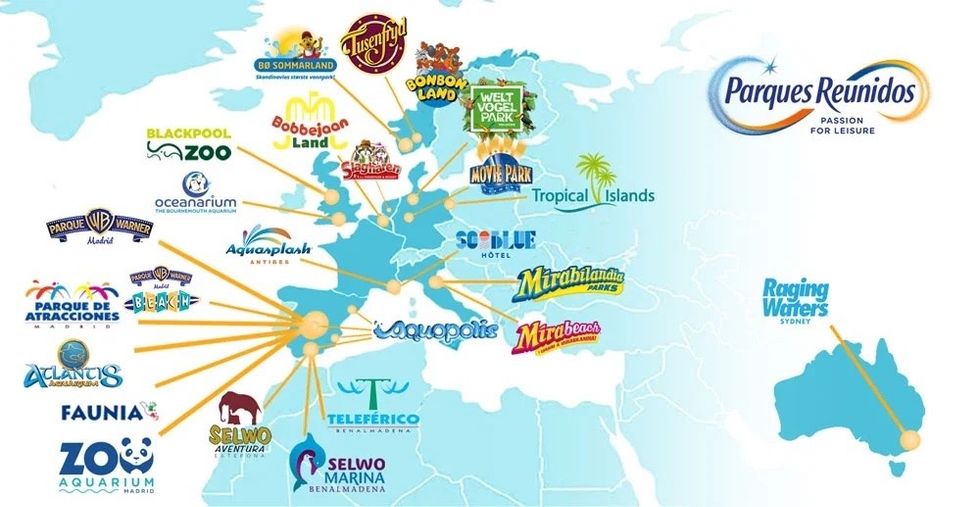
 Nickelodeon Land at Parque de Atracciones de Madrid
Nickelodeon Land at Parque de Atracciones de Madrid Raging Waters
Raging Waters  Mirabilandia's iSpeed coaster
Mirabilandia's iSpeed coaster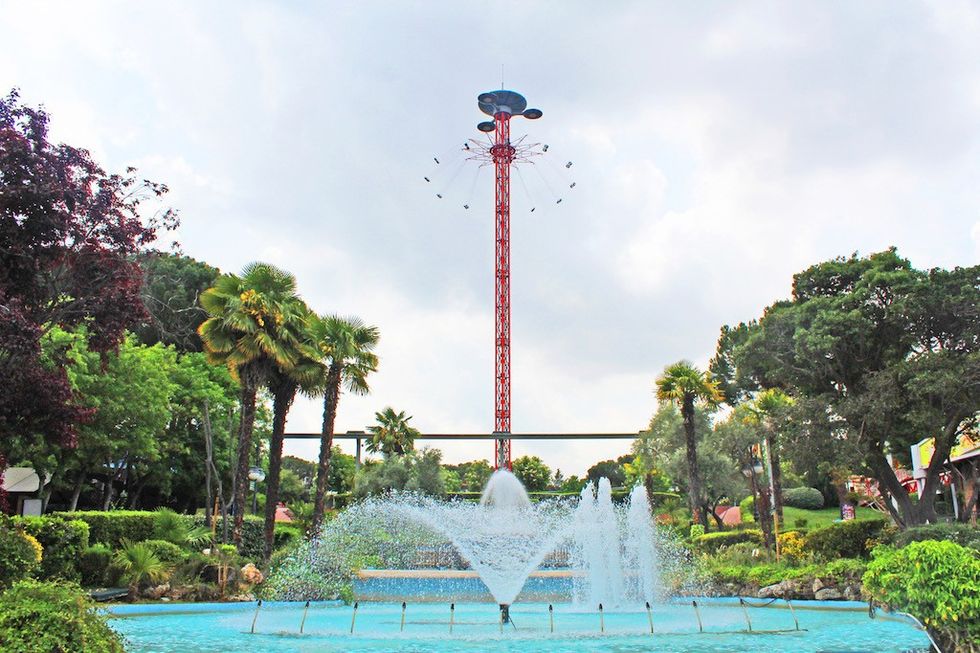 Parque de Atracciones de Madrid
Parque de Atracciones de Madrid Ferracci at the ribbon-cutting ceremony for Nickelodeon Land at Mirabilandia, with (left) Marie Marks, senior VP of global experiences for Paramount and (cutting the ribbon) Sabrina Mangina, GM at Mirabilandia
Ferracci at the ribbon-cutting ceremony for Nickelodeon Land at Mirabilandia, with (left) Marie Marks, senior VP of global experiences for Paramount and (cutting the ribbon) Sabrina Mangina, GM at Mirabilandia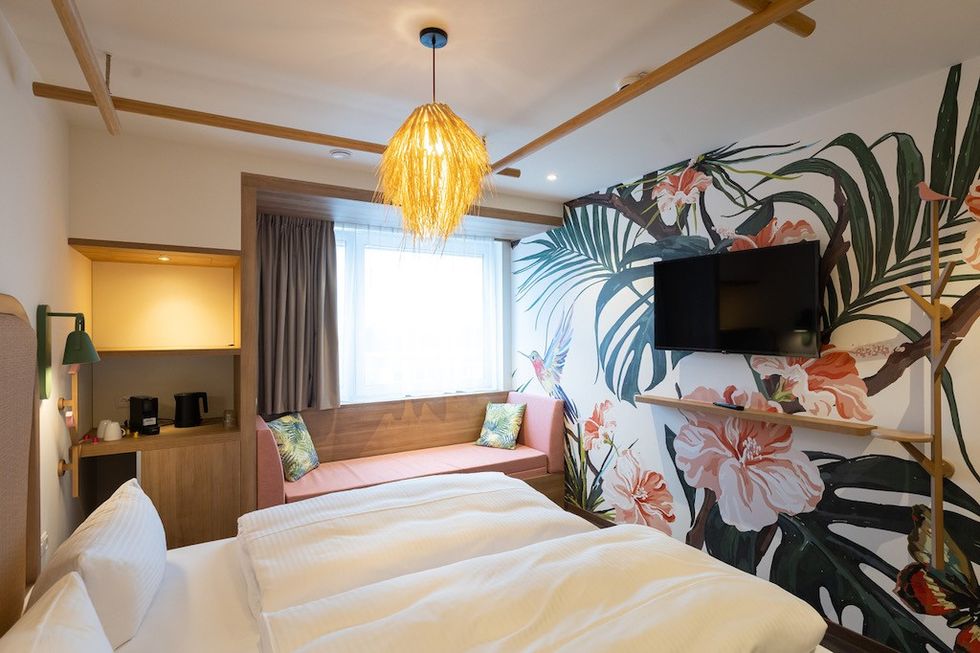 Tropical Islands OHANA hotel
Tropical Islands OHANA hotel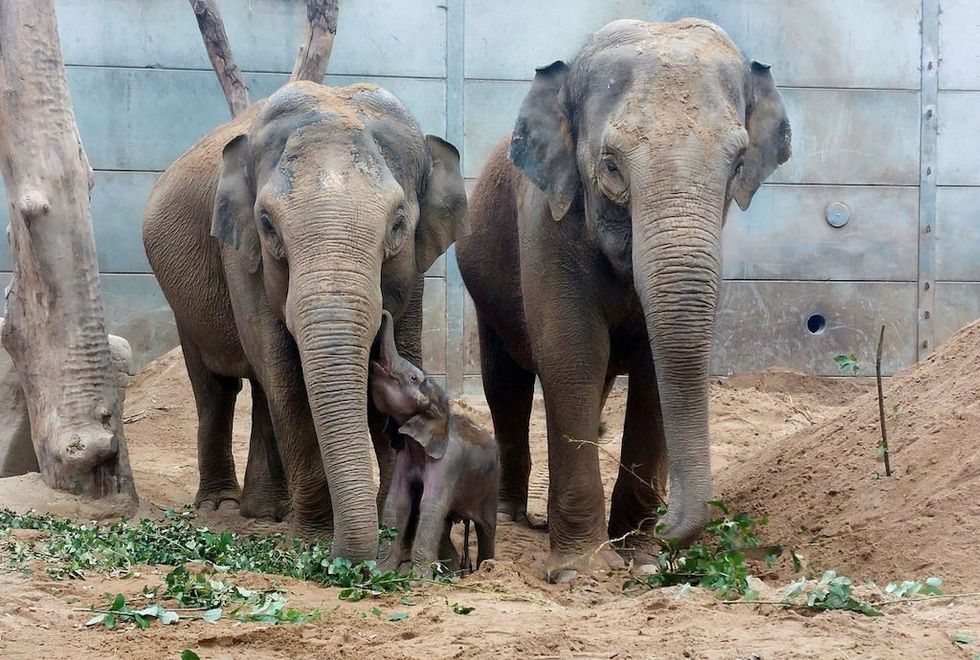 Elephants at Blackpool Zoo
Elephants at Blackpool Zoo 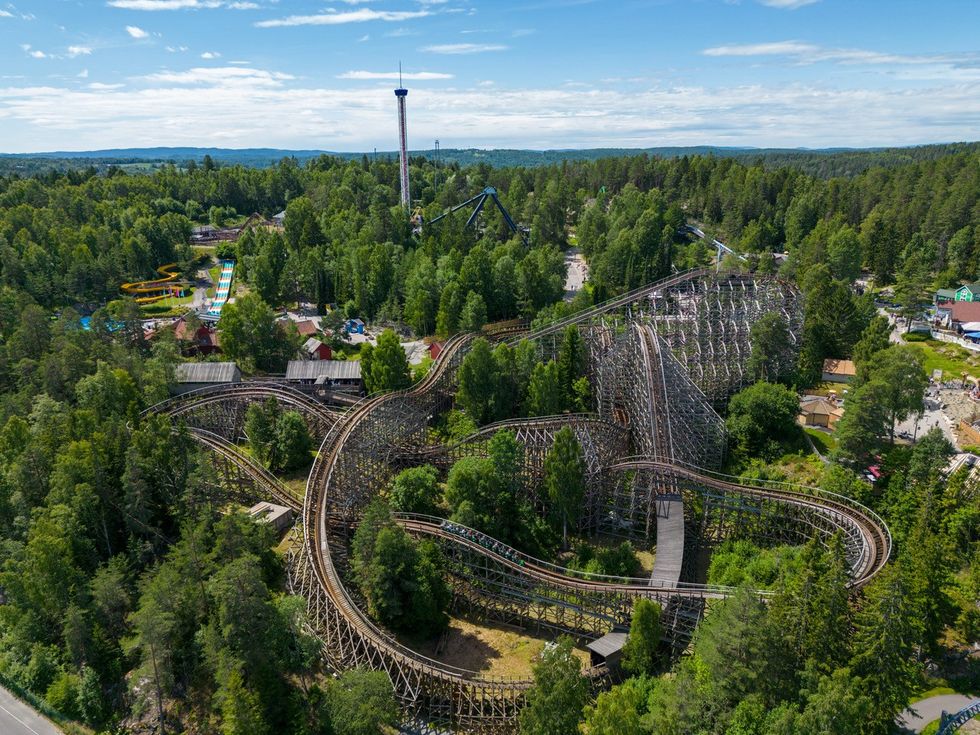 Tusenfryd
Tusenfryd
 Andrew Thomas, Jason Aldous and Rik Athorne
Andrew Thomas, Jason Aldous and Rik Athorne
